Blog
What you need to know about physiotherapy and podiatry.



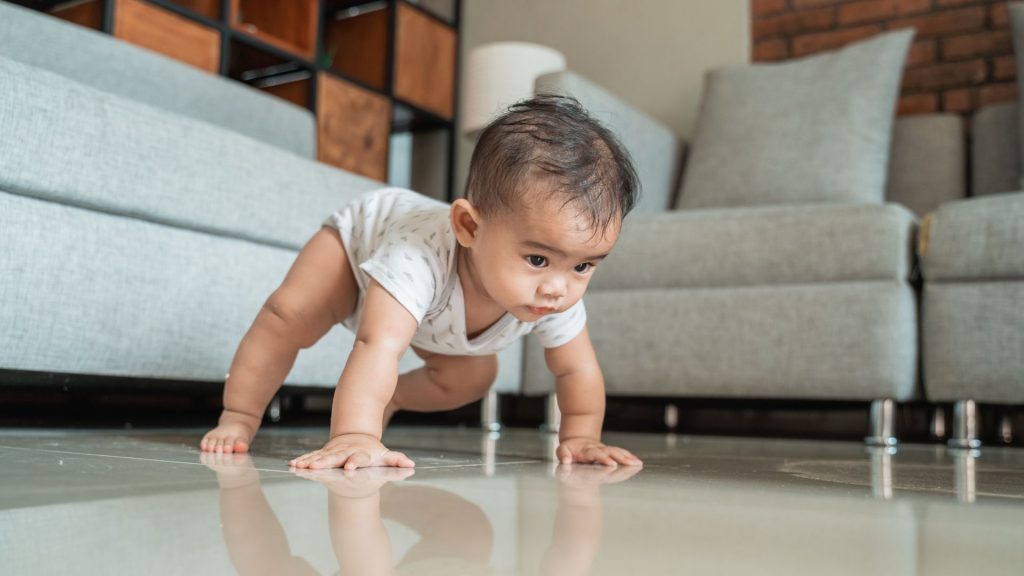
Written by Farha Nisha, Senior Partner & Principal Musculoskeletal Physiotherapist at Women & Children Centre (WACC)
As a paediatric physiotherapist, two questions I hear from parents almost every week are:
“My baby isn’t crawling yet, is that normal?”
“Should I be worried if my toddler still walks on tiptoe?”
It’s completely natural to worry when your child seems “later” than expected, especially with social media videos, milestone charts, and comparison posts everywhere. But children grow at different speeds, and most variations fall within the spectrum of healthy development.
Still, knowing what’s typical and when to seek help can make a big difference in your child’s coordination, confidence, and long-term physical development.
This guide breaks down normal milestones, why crawling matters, when to worry about tiptoe walking, and how paediatric physiotherapy supports healthy movement in the early years.
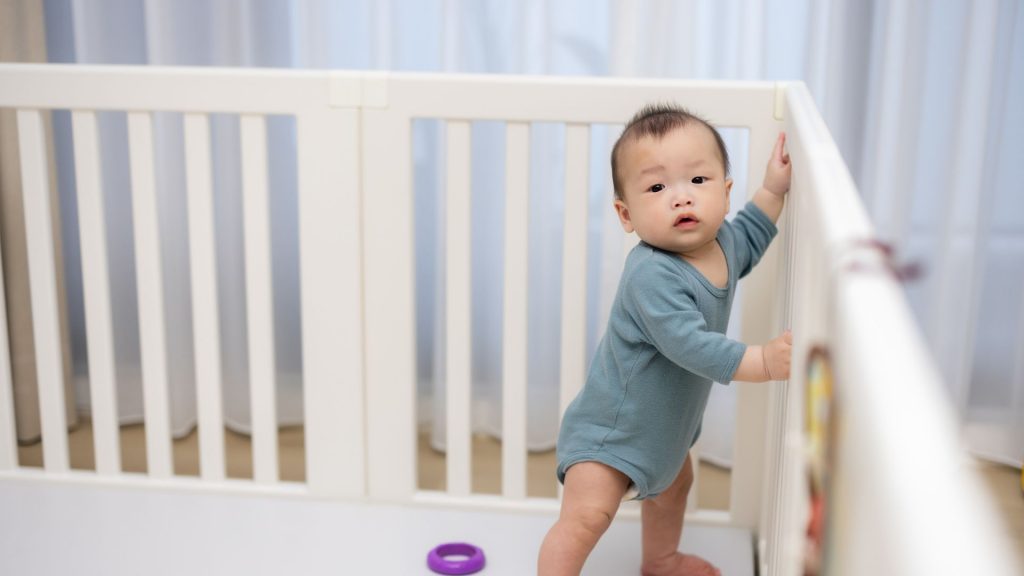
Milestones serve as guidelines, not strict deadlines. Rolling, sitting, crawling, standing, and walking aren’t just cute achievements; they are building blocks for balance, strength, coordination, posture, and future motor skills.
What matters most is steady, ongoing progress:
If something doesn’t feel “quite right,” that’s exactly when a paediatric physiotherapist can guide you. We help you understand what’s typical, what needs monitoring, and when early support can help your child catch up smoothly.
A delay doesn’t always mean there is a major issue, but if key movement patterns are skipped or not practised enough, it may lead to:
Singapore’s paediatric guidelines and SingHealth studies highlight that intervention in the first three years has the strongest positive impact on long-term motor outcomes.
Below is a simplified guide adapted from Singapore HealthHub and SingHealth resources, tailored for parents who want clarity and reassurance.
| Age Range | Key Milestones | When to Seek Advice / Common Questions |
| Newborn to 6 Months | – Lifts head during tummy time – Begins to roll from tummy to back – Reaches for toys – Kicks actively and brings hands to mouth | When to Seek AdviceDislikes tummy time entirelyFeels unusually floppy or very stiffLimited eye contact or weakened head control Check with your paediatrician. |
| 6 to 12 Months | – Sits without support (around 6–8 months) – Ideally, crawls on hands and knees – Pulls to stand and cruises along furniture – Picks up small objects with fingers | Common Question: Is it normal for babies to skip crawling? Skipping crawling has been ‘normalised’ as some babies go straight to standing or cruising. However, typically skipping crawling may indicate tightness and/or weakness in the arms, trunk, or hips. Speak to a paediatrician physiotherapist if you have any concerns. |
| 12 to 18 Months | – Walks independently (by about 15 months) – Squats and stands back up – Climbs onto low furniture – Enjoys pushing toys | When to Seek AdviceIf your child isn’t walking by 16 months, consult a paediatrician or pediatric physiotherapist. It could be normal, but many times there may be weakness or tightness that could be addressed with physiotherapy. |
| 18 to 24 Months | – Runs with better balance – Climbs stairs with support – Begins jumping- kicks a ball | Common Question: Is tiptoe walking normal? Occasional tiptoe walking is common while exploring balance. But if it continues beyond age 2, it may suggest tight calf muscles, sensory preferences, or motor coordination issues, areas where physiotherapy can help. |
| 2 to 4 Years | – Runs smoothly and changes direction – Climbs confidently – Catches or throws a large ball – Begins balancing on one foot | When to Seek AdviceIf your child appears clumsy, trips often, or avoids physical play, it may indicate delayed coordination or muscle weakness. Early assessment can make playtime safer and more enjoyable. |

Crawling is one of the most underrated developmental milestones. While not every child who skips crawling will struggle, crawling plays a major role in building foundations for later strength, posture, balance, and even learning skills.
1. Upper body and core strength
Crawling builds the shoulders, trunk, wrists, and hands, areas essential for posture, fine motor skills, climbing, handwriting, and safe play.
2. Cross-body coordination (bilateral integration)
Moving opposite hands and knees trains the right and left sides of the brain to communicate. This lays the groundwork for skills like reading, writing, and coordinated sports.
3. Visual development
Crawling helps babies practise eye tracking, depth perception, and hand-eye coordination, crucial for reading and ball games later.
4. Balance and body awareness
Learning how to shift weight helps children understand where their body is in space, improving stability for standing and walking.
5. Grip strength and hand arches
Pressing through the palms strengthens the intrinsic muscles of the hands, the same muscles needed for pencil control.
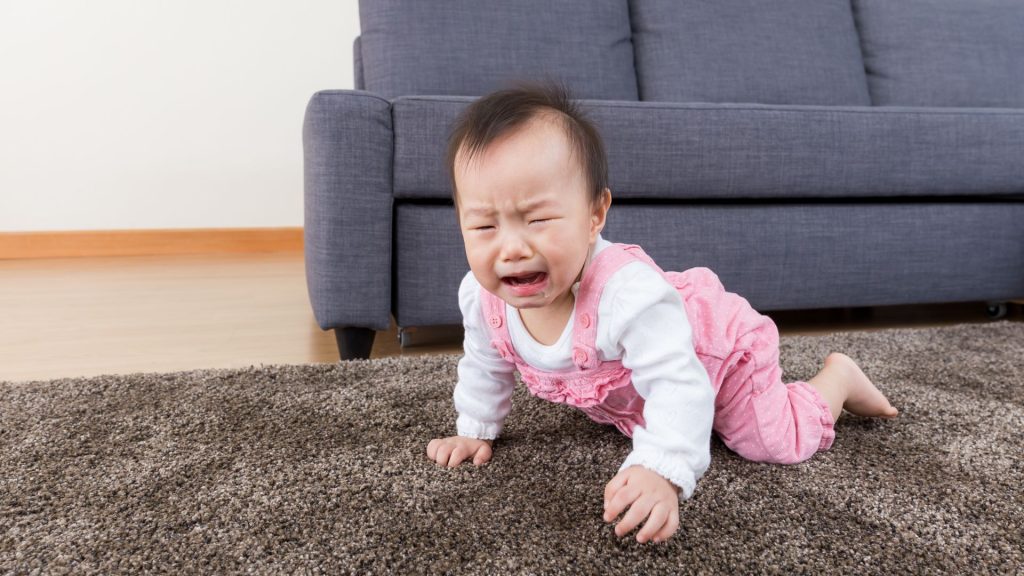
A paediatric physiotherapy assessment is helpful if your baby:
Early support can make crawling easier, fun, and developmentally meaningful.
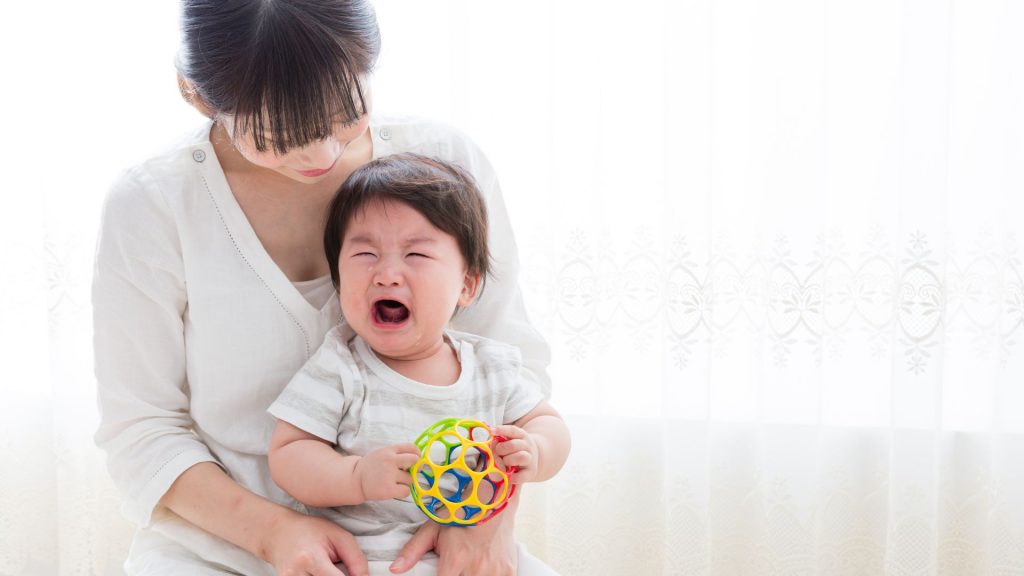
It’s common for toddlers to experiment with tiptoe walking while exploring balance. Most children drop the habit naturally.
But persistent tiptoe walking can signal tightness, sensory preferences, or motor control issues.
Seek a paediatric physiotherapy assessment if your child:
A physiotherapist will check calf flexibility, core strength, balance, sensory responses, gait pattern, and overall motor development, and guide you with exercises, stretches, and strategies to improve heel contact.
Some asymmetry is normal; babies often prefer turning their head one way or kicking more with one leg. But when the preference becomes strong or persistent, it can affect how they develop movement skills.
Signs of asymmetry to watch for:
Why it matters:
Persistent asymmetry can lead to:
A paediatric physiotherapist can help correct these patterns early through playful activities that strengthen the weaker side and encourage balanced movement.

Common causes include:
A physiotherapist can assess your child’s strength, tone, and coordination, and design targeted exercises or play routines to help them catch up.
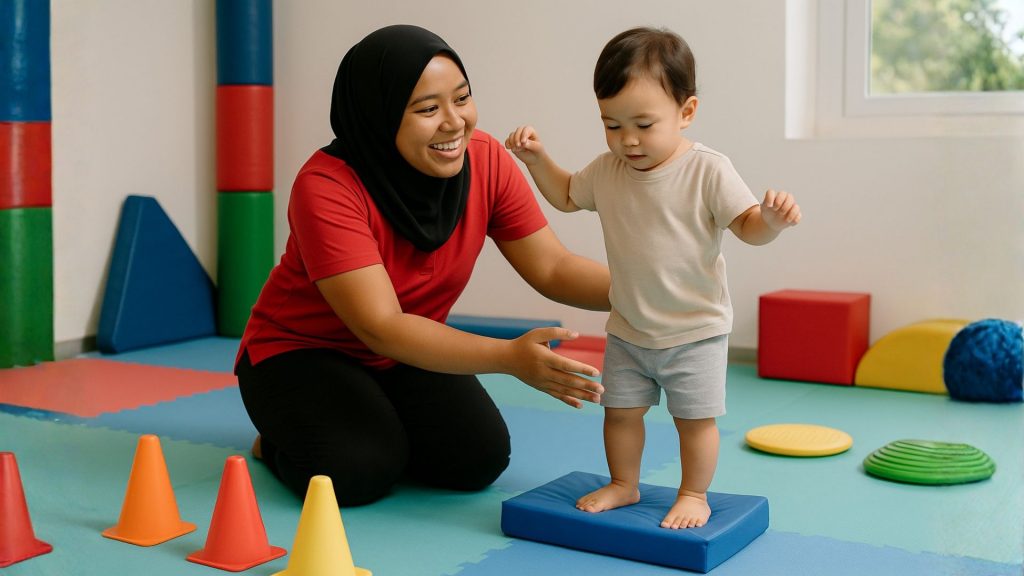
Physiotherapy isn’t just for adults recovering from injuries; it plays a crucial role in helping children learn how to move with confidence.
At the Women and Children Centre, our paediatric physiotherapy sessions are play-based, family-friendly, and designed to feel fun rather than clinical. Every activity is crafted to help your child build strength, coordination, and motor skills in a way that feels natural and enjoyable.
What We Focus On:
During an Assessment, We Look At:
Our Therapy Approach:
Every session is play-based, personalised, and goal-driven, which may include:
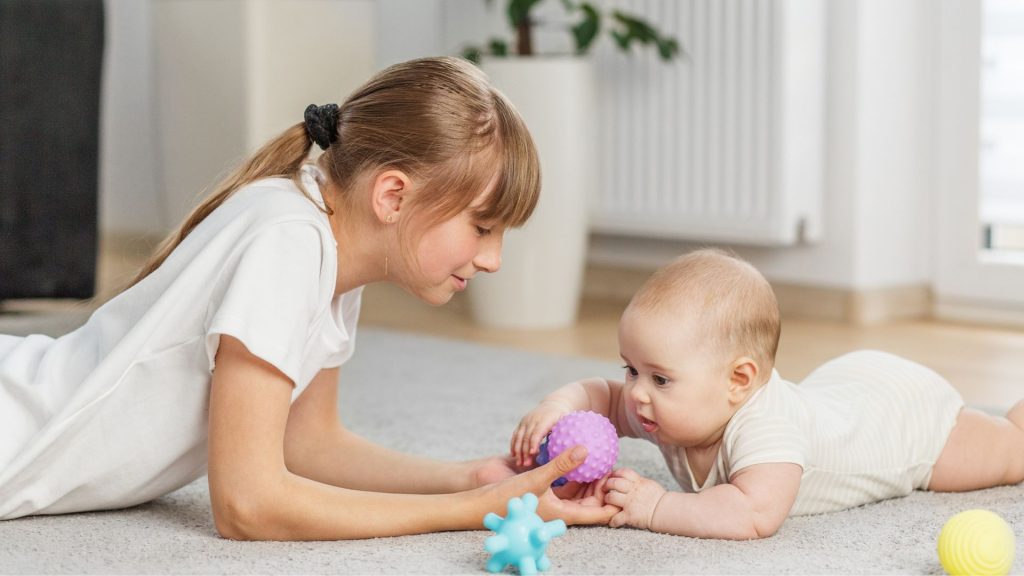
Simple daily activities make a big difference:
Play is not “just play.” It is the primary way babies and toddlers learn to move, make sense of their bodies, and build coordination.
Movement-rich play improves:
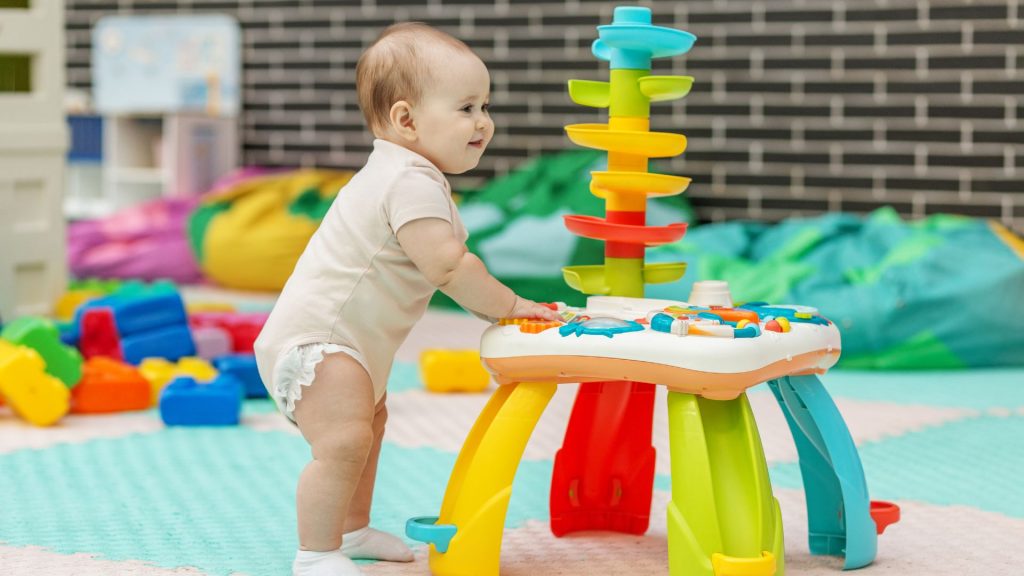
When movement is built into daily play routines, children develop stronger, more coordinated bodies, naturally and joyfully.
Some children move differently, not because of weakness, but because of how their nervous system processes sensory information.
Sensory Seeking
Sensory Avoidant
Poor Body Awareness (Proprioception)
A paediatric physiotherapist can assess sensory-movement links and use play-based strategies to improve balance, coordination, and confidence.
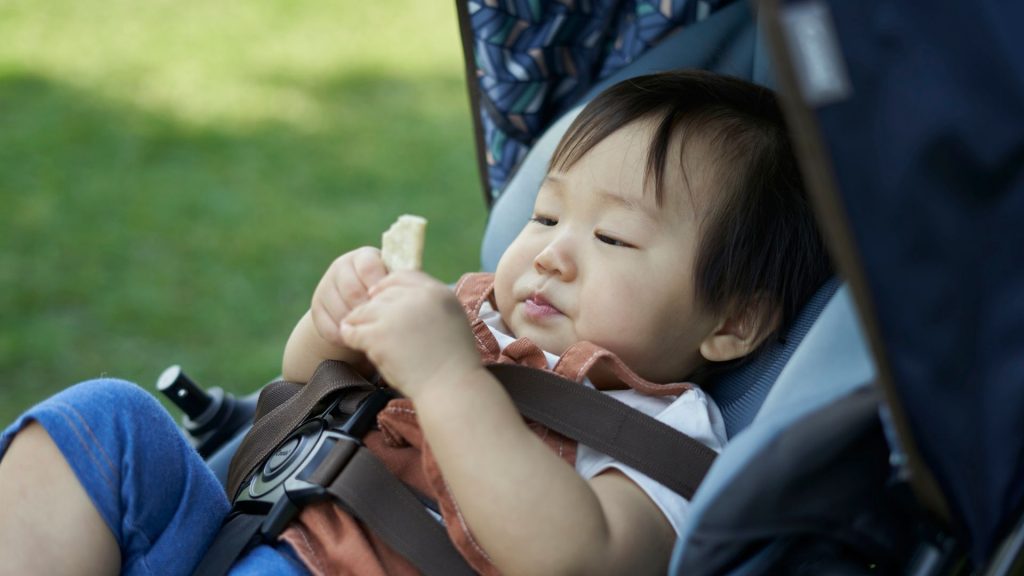
Modern parenting often relies on equipment: strollers, bouncers, jumpers, swings, car seats, walkers, and more. While these are convenient, excessive time in them can limit movement opportunities.
This pattern is called “container baby syndrome”, where babies spend more time contained than moving freely.
Signs this may be affecting your child:
Tips to reduce equipment time:
Small changes significantly improve early motor development.
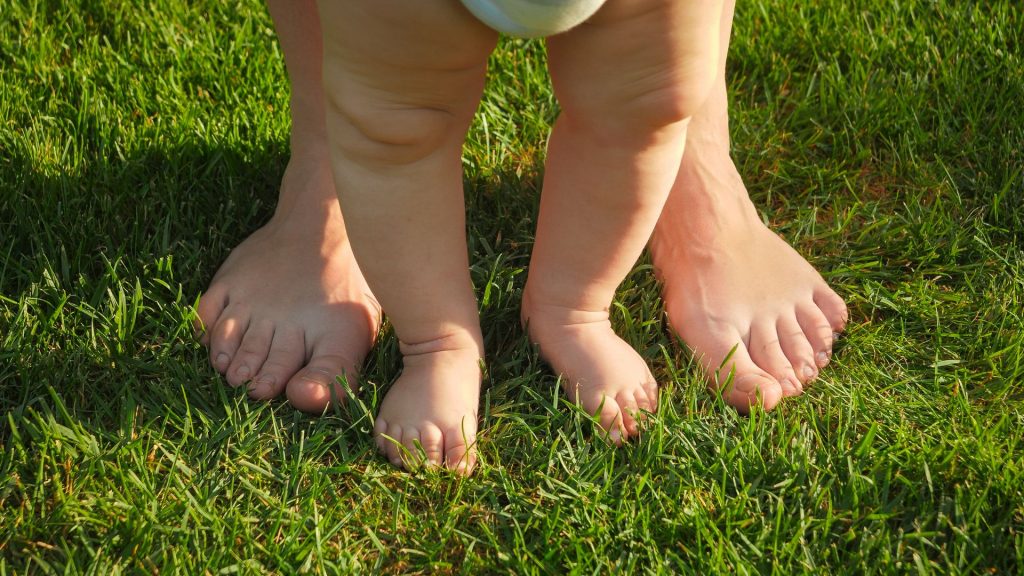
Lower limb development in toddlers often surprises parents, especially when legs look curved or feet look flat.
Here’s what’s normal:
Flat Feet (Pes Planus)
Seek advice if:
| Condition | Typical Age Range | What’s Normal | When to Seek Advice |
| Bow Legs (Genu Varum) | 0–18 months | Common in infants due to fetal position. Legs usually straighten naturally by age 2. | – Bowing is severe or increasing- Pain when walking- One leg more curved than the other- Bow legs persist beyond age 2 |
| Knock Knees (Genu Valgum) | 3–4 years | Alignment often appears “knock-kneed” at this age. Usually improves by 6–7 years. | – Pain or frequent tripping- Very pronounced knee angle- Only one knee angles inward- Difficulty keeping up with peers |
| Flat Feet (Flexible Flat Feet) | 0–6 years | Very common. Arches are not fully formed and often hidden by baby fat. Most develop arches by age 5–6. | – Foot pain or fatigue- Ankles collapse inward excessively- Frequent tripping or clumsiness- Feet look very different from peers- No arch even when on tiptoes |
| Tiptoe Walking | 18 months–2 years: occasional is normal | Many toddlers tiptoe briefly while exploring balance. Most outgrow it by age 2. | – Tiptoe walking persists past 2 years– Tiptoeing >80% of the time- Cannot stand or walk with heels down- Limited ankle mobility- Pattern continues for >4 weeks with no improvement |

Gross motor development influences more than physical play; it also affects learning.
Strong movement helps with:
Crawling, in particular, contributes to:
Parents often don’t know the right first step. A simple breakdown helps:
See a paediatrician if:
See a physiotherapist if:
See a podiatrist if:
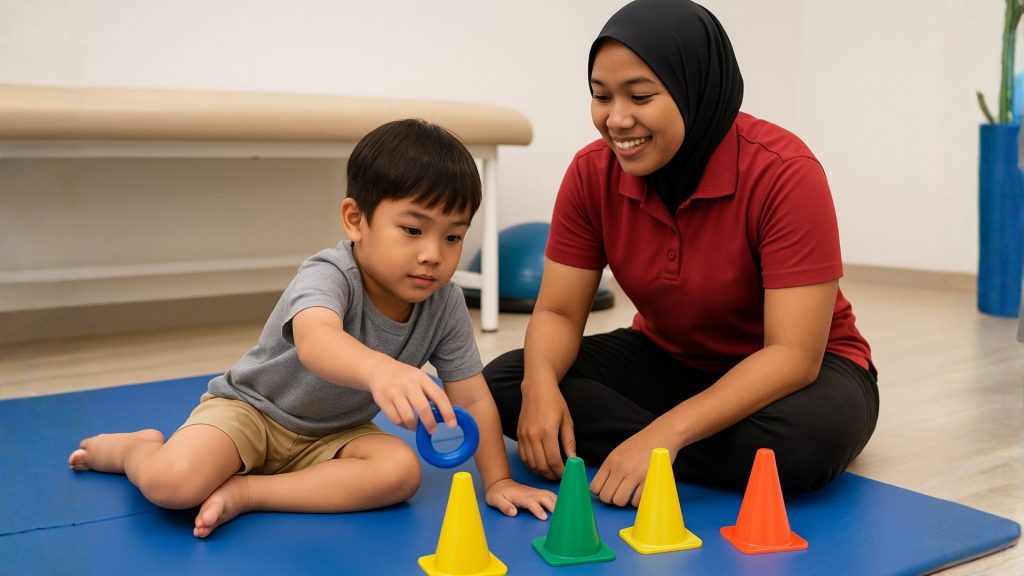
If you’re ever unsure, trust your instincts. Parents often notice movement issues before anyone else.
A paediatric physiotherapist can:
Early support can prevent future issues like poor posture, walking difficulties, or delayed sports skills.

It’s natural to compare, but every child’s journey is different. Some walk early, others take their time, and that’s okay. What matters most is that they’re exploring, engaging, and progressing.
As physiotherapists, our goal is to help children move with confidence, coordination, and joy, no matter their starting point.
If your little one isn’t sitting, crawling, or walking as expected, or if you’re simply unsure what’s normal, we’re here to help.
Book an appointment today and take the first step toward your child’s movement confidence.
Phone: 9126 8257
Fax: 6281 1209
Email: contact@physioandsole.com
Whatsapp a Podiatrist: 91754929
Whatsapp a Physiotherapist: 98997967